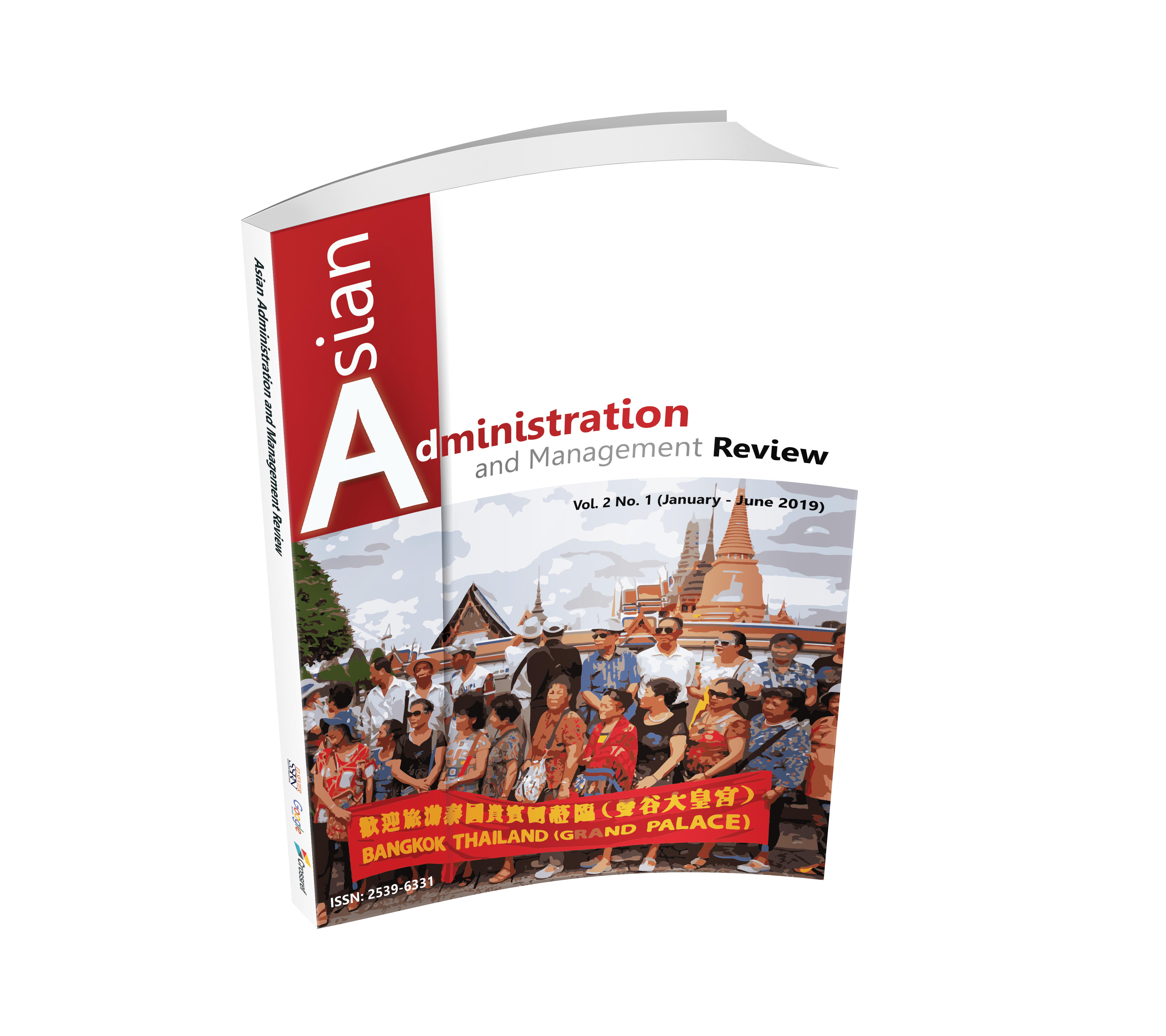A Social Welfare Model Provided for the Disabled by the Local Administrations at the Commune Municipality level in Thailand
Keywords:
Social Welfare Model, Disabled, Local Administrations, Commune Municipality, ThailandAbstract
The purpose of this documentary research was to study a social welfare model provided for the disabled by the Local Administrations at the Commune Municipality level in Thailand (LACMTH). In this study, operation and models of social welfare provided for disabled was focused on social welfare services in the following aspects: 1) health, 2) education, 3) occupation and income, 4) accommodation, 5) recreation, and 6) social service. The sample included 59 research reports on management of the social welfare for the disabled in the LACMTH. They were selected by purposive technique, which was synthesized from theories, concepts, and research results. Data were analyzed by content analysis. The results showed as follows. 1) The LACMTH provided social welfare for the disabled by using local networks in some aspects such as health, occupation, and income promotion. 2) This service was organized abased on a traditional model which problems of the disabled were solved and justice was redistributed. Thai government was the major organizer so social welfare provided was not succeeded and not covered of all social welfare services because of limited budget. 3) Therefore, LACMTH have to provide social welfare by using the social development model, building collaboration between government and private sectors at the Commune Municipality level and using the pluralism model. The government has to empower the disabled networks and lack of opportunity groups, so they will gather together and help themselves. This will correspond to the Disabled Recovery and Development of the Disabled’s Quality of Life Act of 2013 which Local Administrations should be able to work independently by allocating budget and set up funds to promote and develop the disabled’s quality of life.
Downloads












.png)


